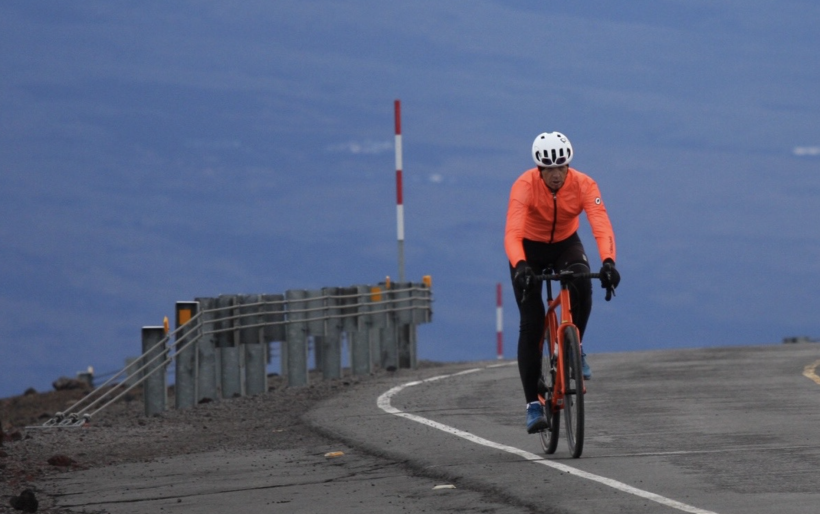Mauna Kea is located in Hawaii, and it has an elevation of 13,796 feet (4,205 meters). It’s also known as the “White Mountain” because of its snow-covered peaks and glaciers. The mountain has been sacred to Hawaiians for thousands of years, and there are many legends about its origins—including that it was created by a goddess with the help of a bird and a human.
In recent years, Mauna Kea has become a popular destination for climbers and hikers who want to experience the unique and beautiful landscape of this volcanic island. The Mauna Kea Scenic Drive is a 13-mile scenic drive through Waipio Valley that takes visitors past several lookout points to the summit and back down again. The drive provides an excellent opportunity to see panoramic views of Mauna Kea as it rises above its surrounding valleys and gently sloping forests. You can also stop at some of the hiking trails along the way if you’re interested in exploring this natural wonderland further.
The climate on Mauna Kea is very dry, with an average annual rainfall of just 15 inches. This makes the mountain perfect for climbers who want to enjoy dry conditions while they climb and enjoy breathtaking views, but it can make it challenge if you’re not prepared. Its weather condition is opposite to Manaslu, Ama Dablam and Island peak. SummitClimb offers all these three expeditions except Mauna Kea.
Climbers should be prepared to bring their own water with them on their climb up Mauna Kea, as there are no sources of drinking water available at any of destination that are used by climbers during their climbs up Mauna Kea.
Laila Azzahra is a professional writer and blogger that loves to write about technology, business, entertainment, science, and health.
